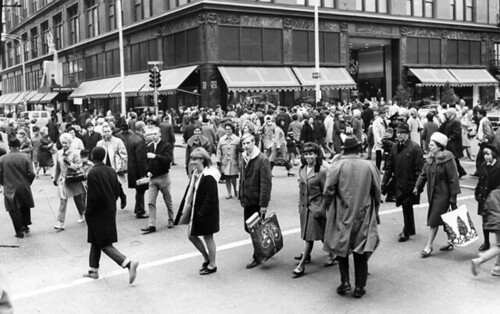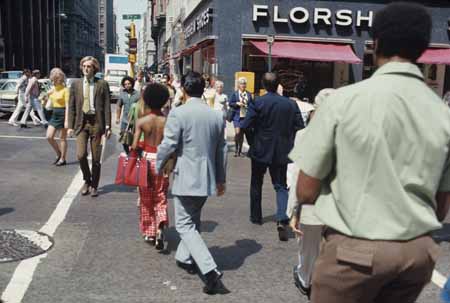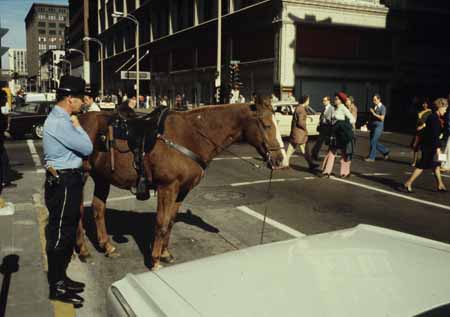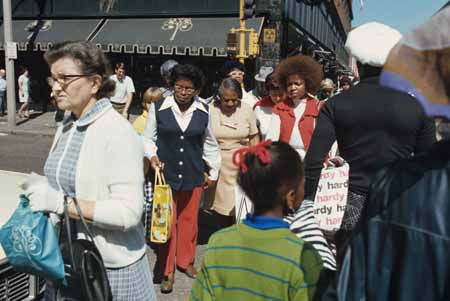The Page Boulevard Police Station in 1947. Photo from the
St. Louis Police Veterans Association historic photo website.
With the recently begun demolition of the mixed use building at the southeast corner of Page and Union Boulevards, the last building that defined this intersection, I decided to reach into my archives from the 1990's for a look at a landmark just across the street that was lost over a decade ago.
When originally proposed in 1907, the The Twelfth District Police Station met with objections from residents of the City's fashionable West End who did not want to see a building with bars built in their neighborhood. To satisfy the residents concerns St. Louis Building Commissioner designed a three story colonial revival structure with a gambrel roof which made the building look more like a mansion than a police station. The building included a gymnasium on the 3rd floor and an attached stable for the mounted patrols.
The building was used until 1963 when stations were consolidated, but re-opened in 1966 at the request of residents. In 1973 however the district headquarters was relocated into a smaller building on Enright several blocks to the south and the old station became vacant. The building was placed on the National Register of Historic Places in 1980.
On the night of July 5th, 1993 a six alarm fire suspected to have been started by errant bottle rockets caused extensive damage to the building, with the cupola collapsing down to the second floor. although there was no damage to the masonry shell of the building, and much of the roof remained intact, the building was considered a "total loss"
For several years prior to the fire the building had been proposed for re-use as an African American Cultural Center, a project that almost two decades later unfortunately has yet to come to fruition. The most recent proposal for this project includes renovation of an old church building with a large addition across from the Pageant Theater on Delmar.








